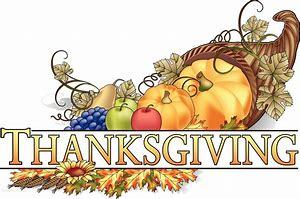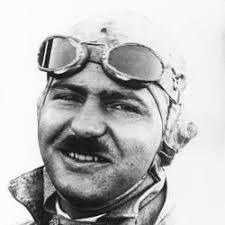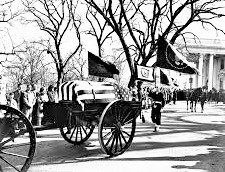| HOOSIER HISTORY HIGHLIGHTS: Governor Wallace Proclaims Thanksgiving | |||||||||||||||
   All of the songs below, except one, were composed by Hoagy Carmichael. Which one did notcome from his talented pen? Georgia on My Mind   Stardust   Skylark   Heart and Soul   Two Sleepy People  Lazybones  Back Home Again in Indiana   Old Buttermilk Sky   The Nearness of You   In the Cool Cool Cool of the Evening  Can’t Get Indiana Off My Mind  Up A Lazy River Answers Below
  “I drifted into acting, and I drifted out. Acting is not everything. Living is.” – – - Irene Dunne (1898 – 1990)    A popular actress during the Golden Age of Hollywood, Irene Dunne graduated from Madison High School and attended the Indianapolis Conservatory of Music. Did You Know?   It was 1939. Thanksgiving, always the last Thursday of November, came on the 30th that year. Business owners, aware that most people waited until after Thanksgiving to start shopping for Christmas, were concerned about the late start to their best season of the year. They persuaded President Franklin D. Roosevelt to declare the holiday a week early, on the 23rd. He might have been surprised at the uproar which followed. Calendar makers were obviously upset. So were school officials, factory managers, churches, and all others who had made plans for the holiday on the 30th. The result was that many communities stuck with the original date. Some went with both, including the Indiana cities of Washington, New Albany, and Delphi, where city workers got the day off on both dates. History will record that 1939 was the year with two Thanksgivings. One newspaper reported that, regardless of what was on the menu, everyone was in a stew. By the way, in 1941 the holiday was changed to the fourth Thursday in November, thereby guaranteeing that Thanksgiving would never come any later than November 28. |
|||||||||||||||





 1903   George Ade’s County Chairman opened at Wallack’s Theater in New York. One of the most popular playwrights of his era, Ade at one time had three plays running simultaneously on Broadway. Born in Kentland, Indiana, he was always loyal to his alma mater, Purdue, and helped build the university’s football stadium.
1903   George Ade’s County Chairman opened at Wallack’s Theater in New York. One of the most popular playwrights of his era, Ade at one time had three plays running simultaneously on Broadway. Born in Kentland, Indiana, he was always loyal to his alma mater, Purdue, and helped build the university’s football stadium.
 1942   Indiana placed 5th out of the 48 states in the national scrap metal drive. Over 6-million tons of iron and steel were collected across the country. Indiana’s contribution amounted to over 213,000 tons or 125 pounds per person. The material would be used to make tanks, ships, planes, and guns as the United States was rapidly ramping up its military after entry into World War II.
1942   Indiana placed 5th out of the 48 states in the national scrap metal drive. Over 6-million tons of iron and steel were collected across the country. Indiana’s contribution amounted to over 213,000 tons or 125 pounds per person. The material would be used to make tanks, ships, planes, and guns as the United States was rapidly ramping up its military after entry into World War II.





